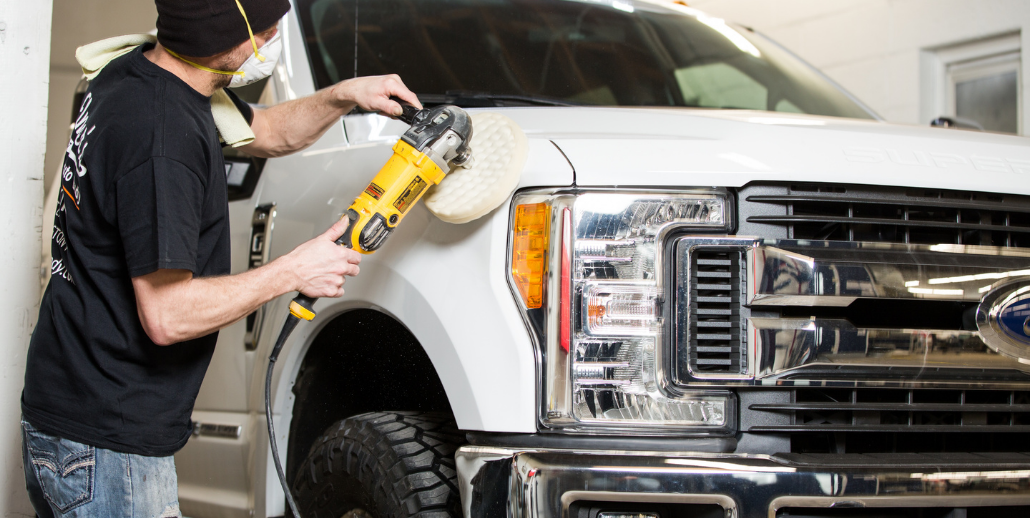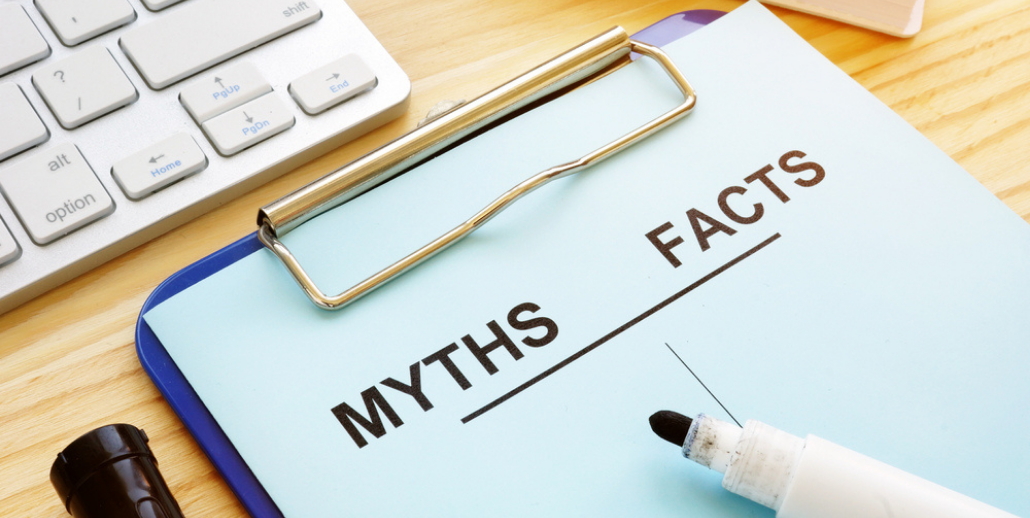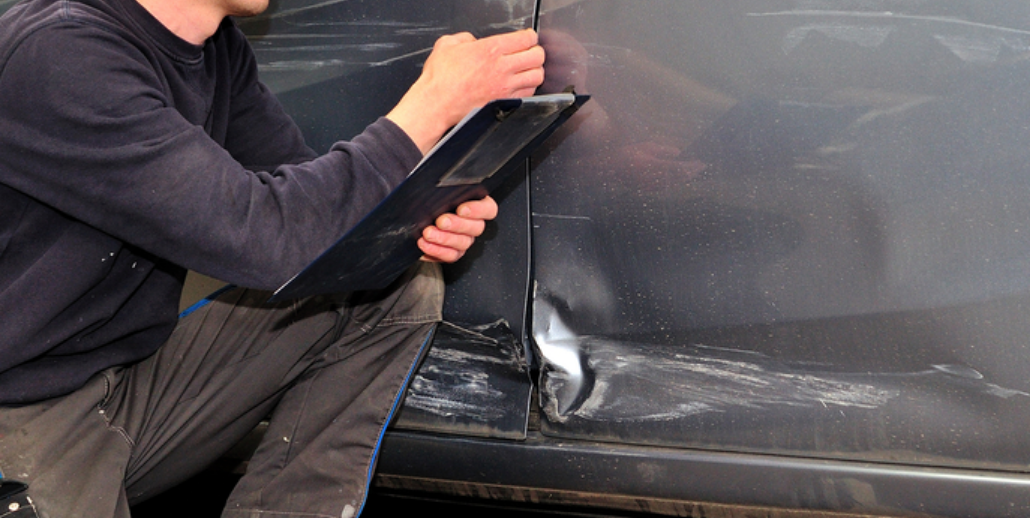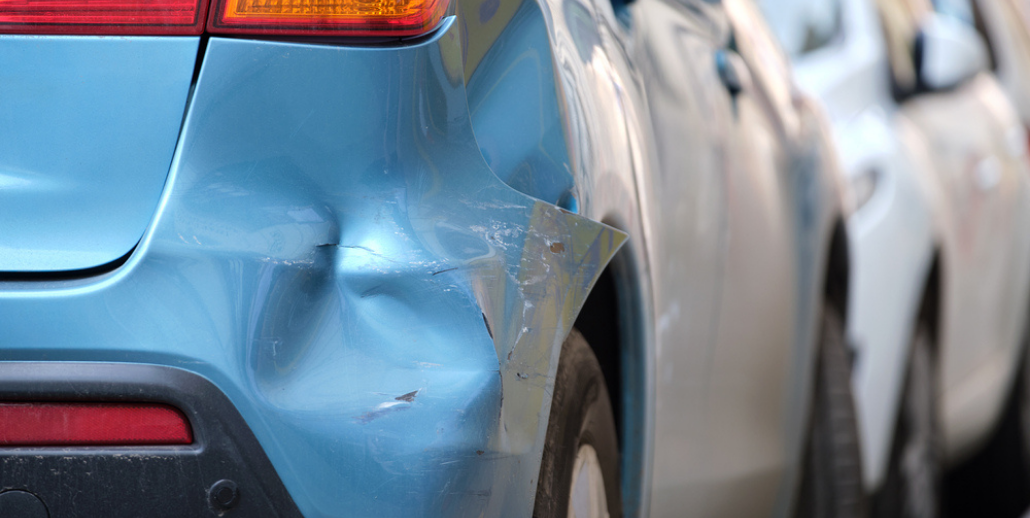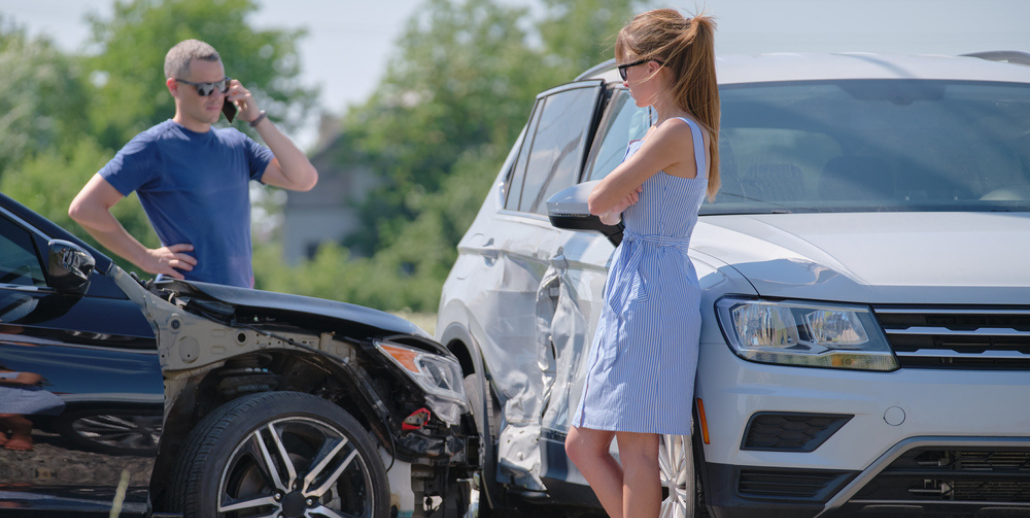Everyone has to repair a vehicle throughout the time they have one, two, three, or even four or more vehicles. Most of those repairs involve some kind of bodywork either from an accident or just age and wear and tear. So, what are the top 6 most common body shop repairs? If your car has taken on damage, maybe it fits in one of these categories. Here is a rundown on common body shop repairs.
1. Scratches and Paint
Scratches and chipped paint may be two of the many things that result from an accident. There are many other ways scratches and chips can occur. Simple rubble from the road can get stirred up and land on your vehicle and cause scratches, dings, and chipped paint, or another vehicle could come close to the driver’s side of your car door and cause damage such as a large scratch or even a ding.
No matter the cause, scratch and paint damage seem to be routine kinds of normal repairs that technicians see regularly. These kinds of issues are usually fixed fairly quickly through different painting methods that include matching paint, sanding, and redoing the surface areas affected. A vehicle can often look like new when body technicians address problems like scratch and paint repairs.
A whole new paint job occurs when a vehicle is in dire need of exterior paint, particularly after an accident. A vehicle that has been repaired may need to be completely painted just to protect its exterior and give it a new kind of appeal. Body shops do paint jobs fairly regularly. Whether a vehicle is affected by rust, paint issues, scratches, or other damage, painting it can have a huge effect.
2. Dent Removal (PDR)
Major dents can come from anywhere and anything. It could be a runaway shopping cart, flying objects, or even hail. They all can leave dents in the panels and doors of a vehicle. If the dents are left untouched, the most minor of dents often cause more damage later. To make sure that the damage is corrected, PDR or paintless dent removal is used.
With PDR, there are no extensive sanding or filler materials involved. A body shop technician who goes through extensive PDR training uses an assortment of specialized tools to push any dents out, which doesn’t at all affect the paint job. Paintless dent removal or PDR is a less costly and lasting way to get your vehicle in shape and looking new once more.
3. Other Dent Repair
When you use PDR dent repair, you’re seeing damage from a dent that doesn’t require any paint touch-up. You’re fixing a dent without the added expense of repairing the dent with paint. These kinds of dents are fixed more easily. Dents with chips and paint issues are what make the problem more serious and a technician will have to take further steps.
A body shop specialist uses metal rods, a specialized pick body hammer, and other devices to push out dents. The repairs center around where the dent happens to be on a vehicle. Once the dent is eliminated, there will be other steps that include lightweight to heavier sanding, buffing out and smoothing the area, and finally painting over it all.
4. Glass Repair
Accident damage can affect any part of your vehicle where glass is. It can come in the exterior form of chips, breaks, and fragments. Glass breakage may require repairs, but often a new windshield or replacement of windows may be essential. Any auto body shop near you or in the vicinity usually has a glass repair specialist who is a permanent employee of the shop, so if your vehicle is undergoing other body repairs, often a glass technician will be of help if necessary. There are even glass repair specialists who are called out to do windshield and window replacements before the vehicle goes into the shop for body repair work.
5. Frame Issues
Many vehicles that are involved in accidents sustain damage to the frame. This means testing the frame and straightening it. A weak frame or one that is bent can put anyone in the vehicle in danger, especially with a follow-up accident. Vehicles with bent frames will drive choppily along a road, plus they’ll handle it inadequately and likely cause the steering and tires to deteriorate early. In checking on the safety of a vehicle’s frame, technicians usually follow the routine that includes:
- A technician inspects a vehicle for indications of damage.
- If damage is suspected, the vehicle will be situated on a frame alignment machine.
- The machine’s hydraulic force and rotational force (torque) will adjust the frame to its initial specifications.
- Once the frame is adjusted, a vehicle should drive normally and be safe for driving.
6. Bumper Repair
Accidents that involve front and rear bumpers are common and body shop technicians repair them fairly regularly. Bumpers are usually the major part of a vehicle that receives direct contact in a collision. Getting the right repair process is critical.
Repairing a bumper involves not just painting over the damage or erasing recesses, dents, scrapes, and scratches. With bumpers and bumper covers being made of some form of plastic, the repair process is more than just repairing or replacing the plastic. Even less extensive damage to a bumper brings on other problems, such as alignment issues, steering problems, bent frames, and even electrical system issues. A thorough inspection of a bumper is imperative in discovering any underlying problems.
If you’re looking for an overall body shop that does common collision repairs in the southern New Jersey area, look no further than Elmer’s Auto Body. We have been in business for over 70 years and have the experience and knowledge to perform common and not-so-common repairs. You want a reliable body shop that provides the right services. If your car has been in an accident or if your vehicle needs maintenance, why not call us at (856) 218-0202? You’ll be glad you did.

